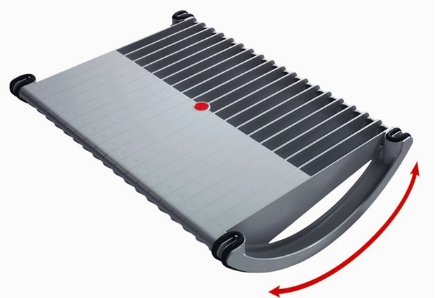As the solvent-type coating film technology poses a serious threat to the health of operators and users during the coating and later use, the relevant state departments have explicitly eliminated solvent-type coating laminators. In order to maintain the health of production personnel and users, the National Printing Standardization Committee brewed to draft a new national standard for coating technology.
As a solvent-based coating process, which is widely used in film coating, food, medicine, and beverage packaging materials, is a technology that is currently widely used in China. Its main drawbacks are:
(1) Benzene, ethanol and other solvents are used in production to pollute the environment and endanger the health of operators;
(2) susceptibility to fire and explosion;
(3) Solvent residues in textbooks, foods, medicines and beverages after film coating may cause pollution to primary and secondary school students and food, drugs, and drinks, and endanger the health of related personnel;
(4) The drying equipment needed to match it increases the energy consumption;
(5) Compared with other coating technologies, the speed is slow, the quality is poor, and the overall cost is high.
Based on the above reasons, the former National Economic and Trade Commissioner issued the No. 32 Order issued in June 2002, which included the solvent-type coating machine as the third batch of the “Catalogue of Eliminating Outdated Production Capacity, Processes and Productsâ€. According to investigations by the National Printing Standardization Technical Committee, the conditions for the use of greener and safer precoating film coating technology are now available in the country. In order to maintain the health of production personnel and users, the ban is implemented, and the National Printing Printing Standardization Committee is working The relevant authorities brewed and drafted new national standards for the laminating process to reverse the backward situation in the lamination process in China.
A footstool (foot stool, footrest, foot rest) is a piece of furniture or a support used to elevate the foot. There are two main types of footstool, which can be loosely categorized into those designed for comfort and those designed for function.
Designed for comfort: This type of footstool is used to provide comfort to a person seated, for example, in a chair or sofa. It is typically a short, wide, four-legged stool. The top is upholstered and padded in a fabric or animal hide, such as leather. This type of footstool is also a type of ottoman. It allows the seated person to rest their feet upon it, supporting the legs at a mostly horizontal level, thus giving rise to the alternate term footrest. High quality footstools are height–adjustable.
Designed for Function: This type of footstool supports a person's feet that do not reach the floor when seated. The footstool is placed under the feet of a sitting person so that the person's feet may rest comfortably on it. It is also used to make the blood circulation of the body flow more freely when sitting down.


Adjustable Foot Support, Ergonomic Foot Rests, Office Adjustable Foot Rests
Ningbo YINGBOTE Trading Co.,Ltd , http://www.intelligentoffice-cn.com